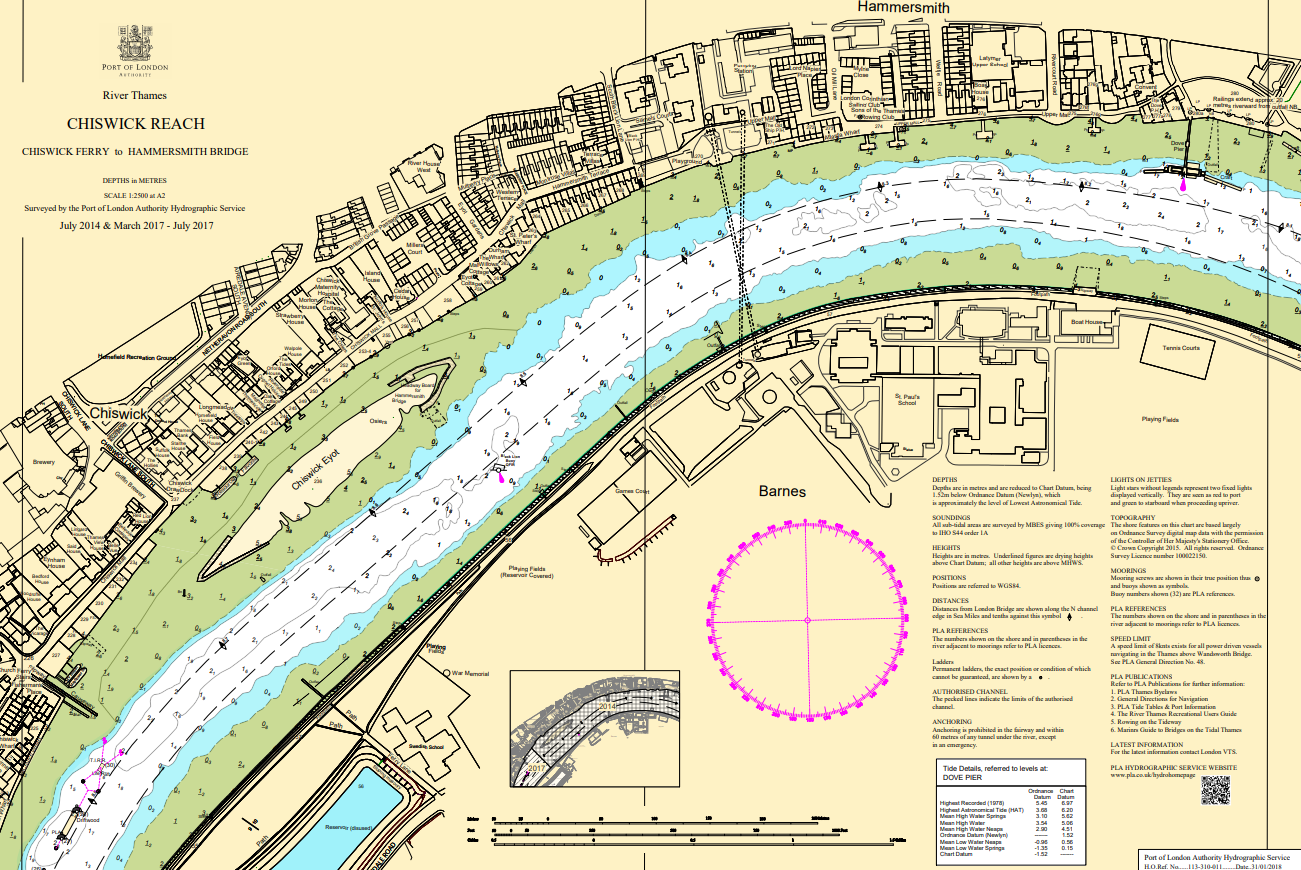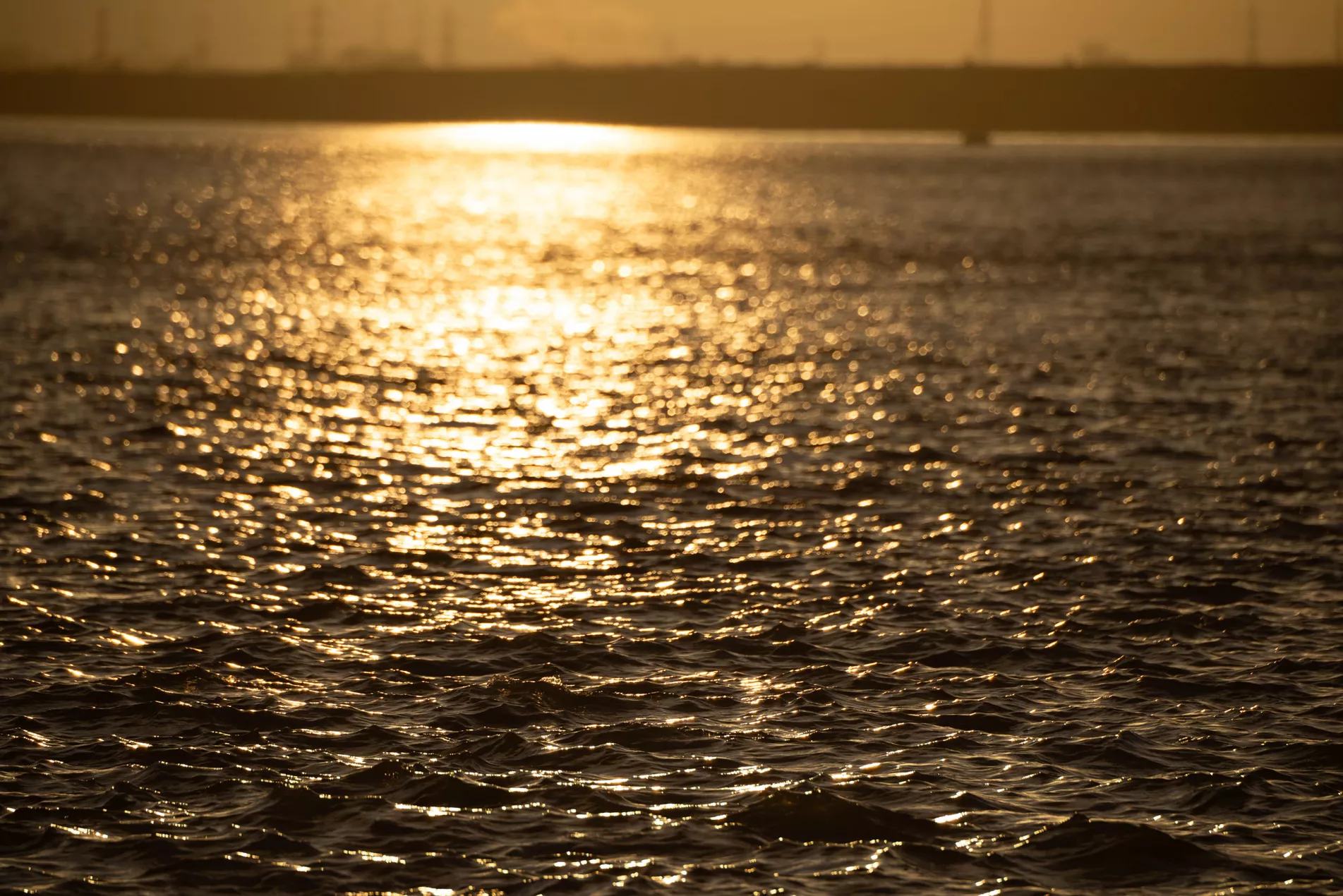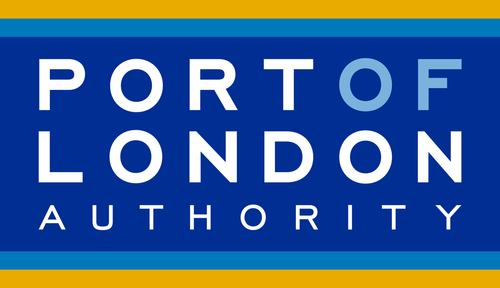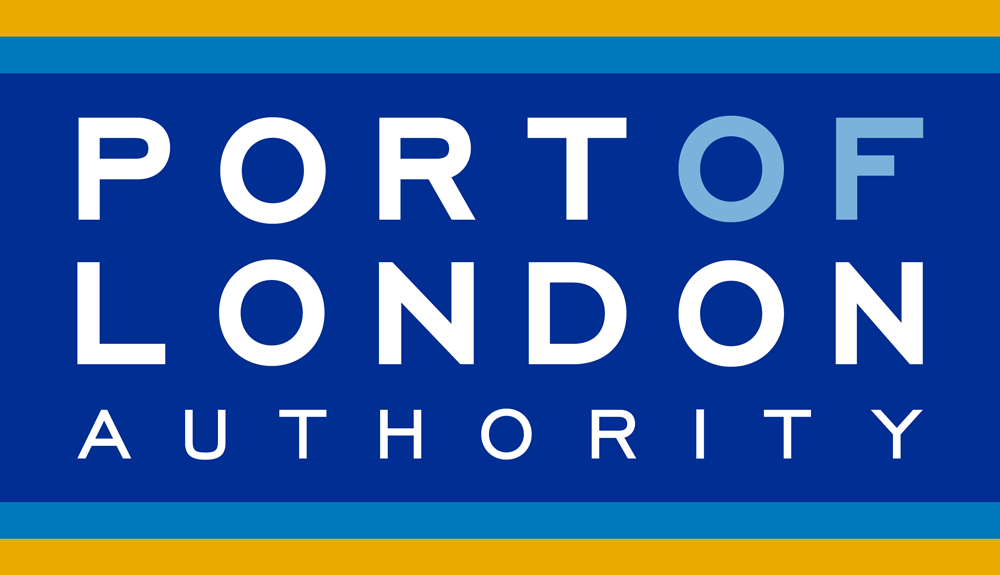Live Tides
NOTICES TO MARINERS
Charts & Surveys

Hydrographic charts, surveys and miniplots are available online from our GIS system
Incident reporting
Life-threatening emergencies on the river:
Call 999 and ask for the Coastguard
For near miss, safety observations and incident reporting click below
| Notice Ref | |
| Issuer | |
| Issuer Role | |
| Issue Date | |
| Expiration Date | |
| District | |
| Reach(es) |
Last updated:
Discover


